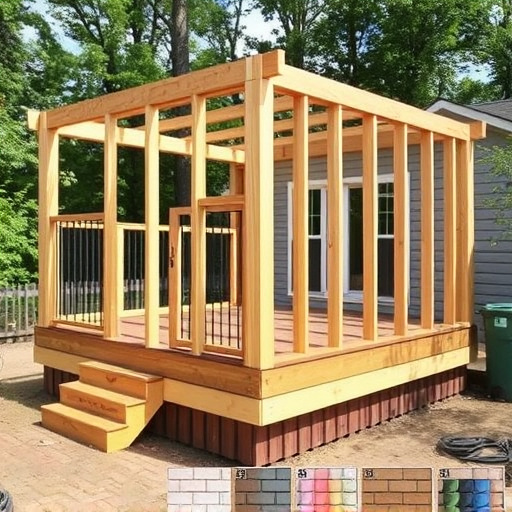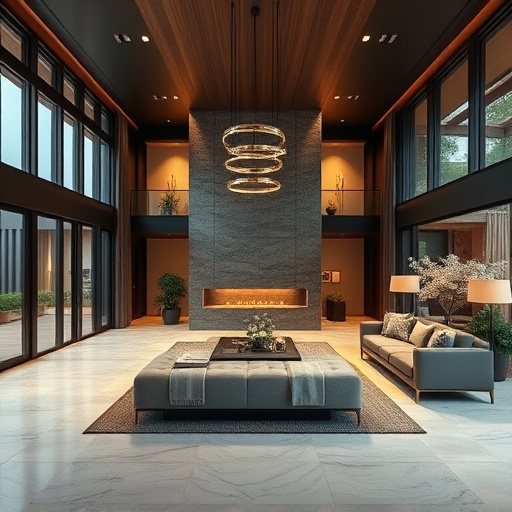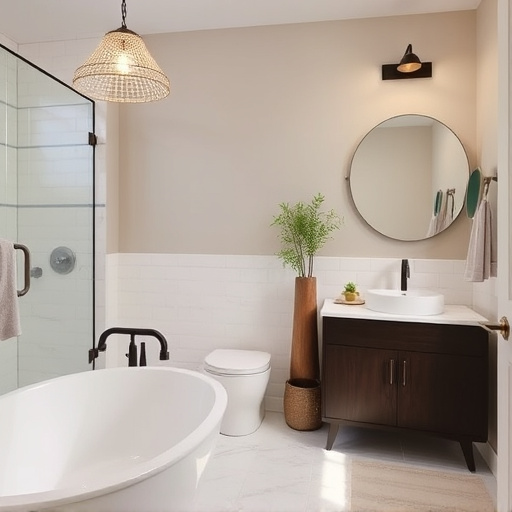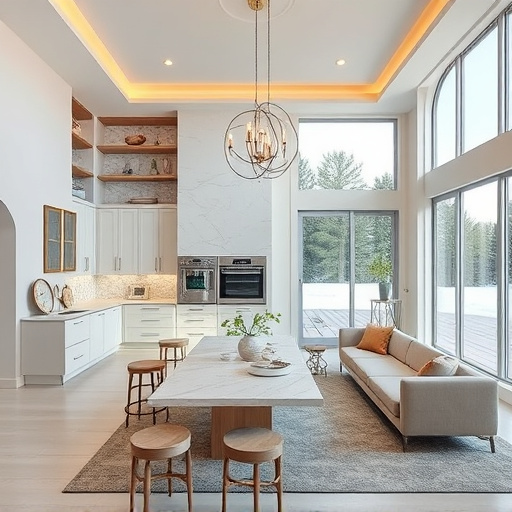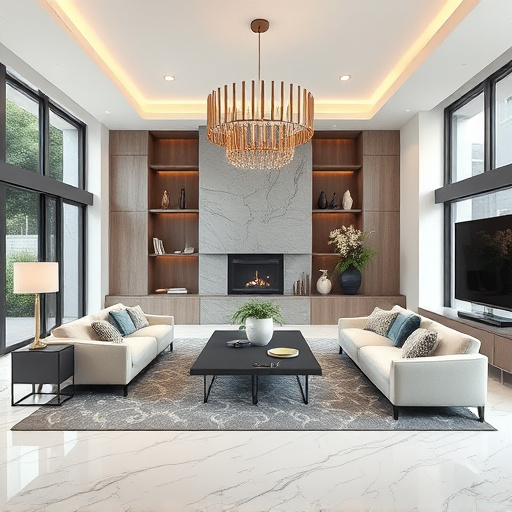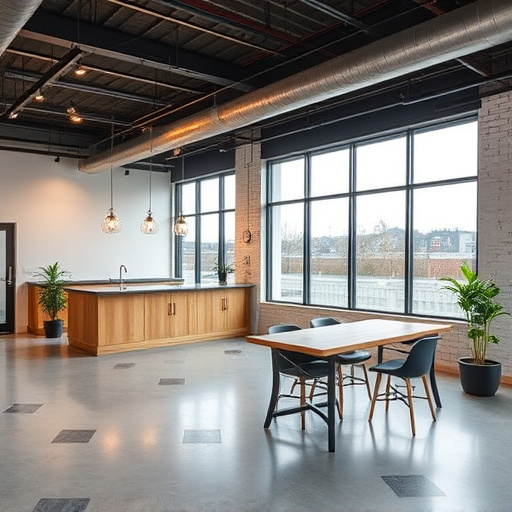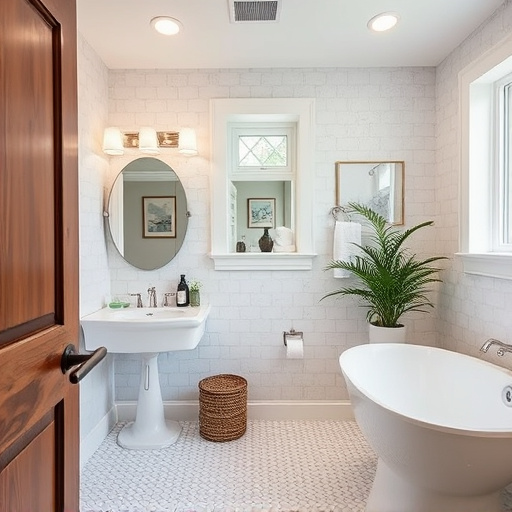Construction design maximizes space potential through comprehensive analysis of project constraints, tailored renovations meeting client needs, and merging form with function. In today's competitive market, versatile layouts, open-concept plans, and multi-functional rooms revolutionize space utilization. Advanced technology like 3D modeling, Building Information Modeling (BIM), and smart home systems enhance design precision, collaboration, communication, and efficiency, resulting in aesthetically pleasing, functional spaces optimized for modern lifestyles.
In today’s urbanized world, maximizing space utilization is paramount in construction design. This article explores innovative strategies that transform challenging site constraints into efficient and profitable opportunities. We delve into understanding intricate client needs and the art of interpreting them within limited spaces. With an emphasis on technology’s role, we uncover how advanced tools revolutionize construction layouts, ensuring every square meter contributes to a functional and aesthetically pleasing final product. Discover the game-changing approaches reshaping the construction design landscape.
- Understanding Space Constraints and Client Needs
- Innovative Design Strategies for Maximum Efficiency
- The Role of Technology in Optimizing Construction Layouts
Understanding Space Constraints and Client Needs
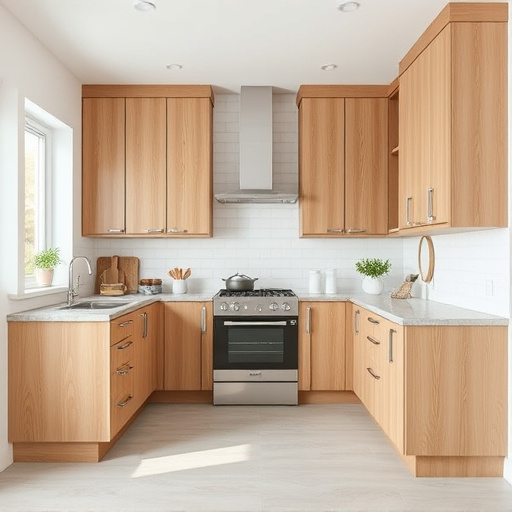
In the realm of construction design, understanding space constraints and client needs is paramount to creating functional and aesthetically pleasing spaces. Every project begins with a thorough analysis of the available area, taking into account physical dimensions, architectural features, and existing infrastructure. Skilled designers employ this knowledge to develop customized home renovations that maximize every square meter, ensuring optimal space utilization.
Whether it’s a bathroom remodel or more extensive residential renovations, the goal remains consistent: to tailor designs that meet specific client requirements while enhancing the overall livability of the space. By balancing form and function, these experts transform constraints into opportunities, creating vibrant, efficient, and personalized living environments.
Innovative Design Strategies for Maximum Efficiency
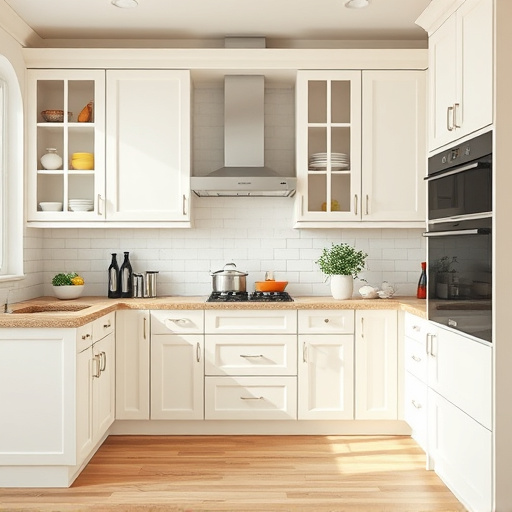
In today’s world, where real estate is a premium, construction design services are increasingly focusing on innovative strategies to maximize space utilization. Architects and designers are employing cutting-edge techniques to create functional spaces that cater to modern lifestyles. One of the key approaches involves rethinking traditional layouts by integrating versatile designs that adapt to various functions. For instance, open-concept floor plans allow for fluid movement between living, dining, and cooking areas, maximizing social interaction while minimizing space wastage.
Furthermore, construction design professionals are exploring creative solutions like multi-functional rooms, where a single area can serve as both a home office and a relaxation zone through clever partitioning or convertible furniture. Kitchen renovations are another area of focus, with designs that optimize storage and workflow to make these spaces more efficient and enjoyable. By combining thoughtful planning with modern aesthetics, construction design services are transforming interiors into elegant and highly functional spaces, ensuring every square meter contributes to an enhanced lifestyle.
The Role of Technology in Optimizing Construction Layouts
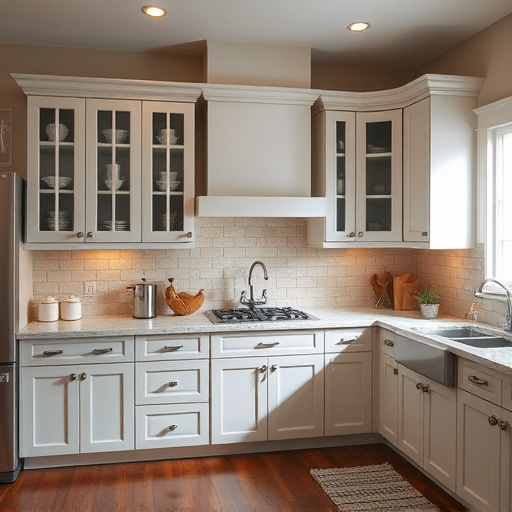
In today’s digital era, construction design services have witnessed a significant transformation due to technological advancements. Professionals now leverage sophisticated software and tools that enable them to create precise layouts and optimize space utilization. 3D modeling, for instance, allows designers to visualize projects before breaking ground, identifying potential issues early on and making informed adjustments. This technology is especially beneficial in complex urban settings where maximizing every inch of space is crucial. Additionally, building information modeling (BIM) offers a collaborative platform where architects, engineers, and contractors can work together seamlessly, streamlining the design process and ensuring better coordination during construction.
These technological innovations extend beyond design to project management as well. Digital tools facilitate effective communication and data sharing among stakeholders, leading to more efficient scheduling and cost savings. Moreover, advancements in smart home technology play a pivotal role in residential renovations like kitchen remodels or customized home renovations, allowing for flexible and adaptable spaces that cater to evolving lifestyles. By integrating these technologies into construction design, professionals can create not just visually appealing structures but also functional and space-efficient homes.
In conclusion, understanding space constraints and client needs is paramount in construction design. By employing innovative strategies and leveraging technology, professionals can maximize efficiency and create functional, aesthetically pleasing spaces. These practices not only meet but exceed expectations, ensuring projects are optimized for both current and future use. Effective construction design services remain at the forefront of industry advancements, revolutionizing how we utilize and appreciate our built environments.
